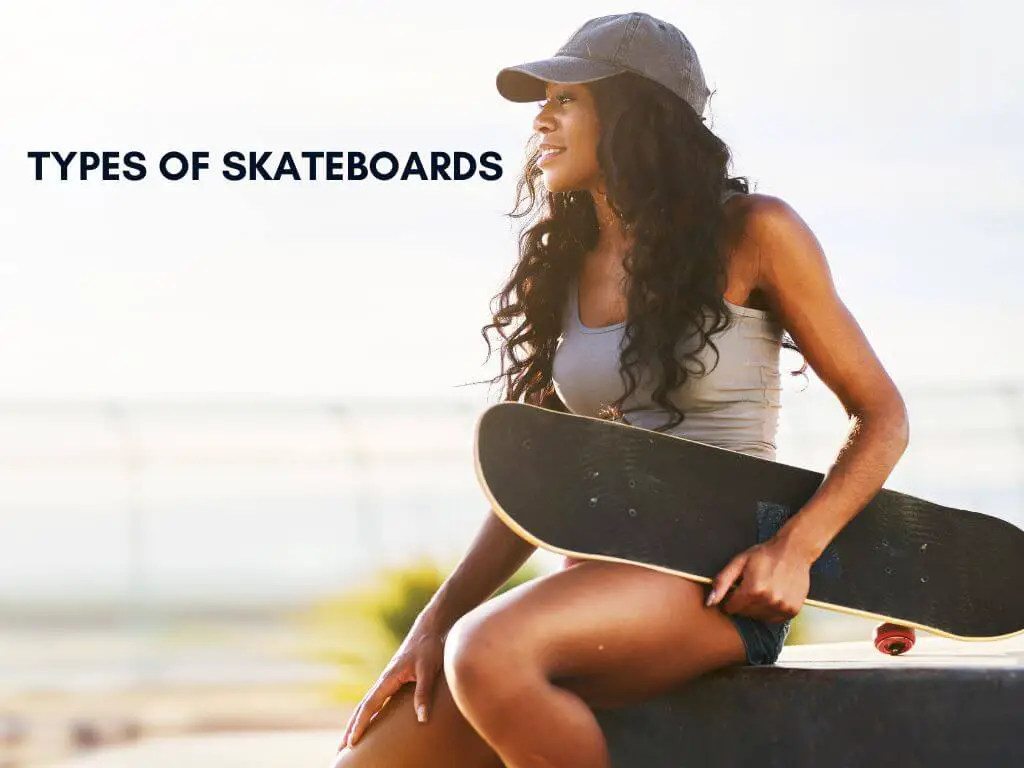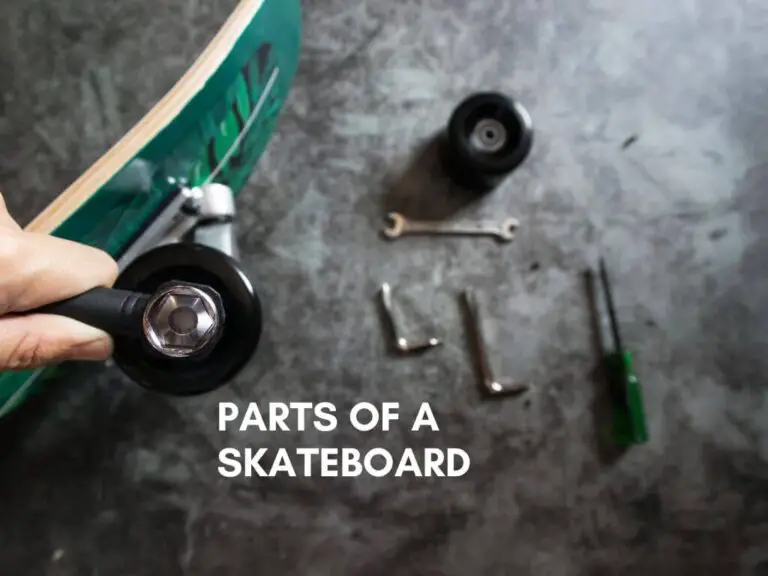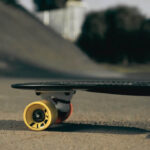Skateboarding is more than just a sport—it’s a lifestyle, a form of self-expression, and a way to explore the world on wheels. But did you know that not all skateboards are created equal? Whether you’re a beginner looking to buy your first board or a seasoned skater wanting to explore new terrain, understanding the different types of skateboards is essential to finding the perfect fit for your style and needs.
From classic street decks to versatile cruisers and high-performance longboards, each type of skateboard is designed for specific purposes. Are you into technical tricks, cruising through the city, or carving down hills? The right board can make all the difference in your skating experience. In this guide, we’ll break down the key types of skateboards, their unique features, and how to choose the one that aligns with your goals.
Ready to roll? Let’s dive into the world of skateboards and find the perfect ride for you!
Classic Skateboards
Street Skateboards
Street skateboards are the most common type of classic skateboards you’ll encounter. They’re designed for urban environments and skateparks, featuring:
- Shorter decks (28-32 inches)
- Narrower trucks
- Smaller, harder wheels
These characteristics make street skateboards ideal for technical tricks and maneuvers. You’ll find them perfect for:
- Ollies and flip tricks
- Grinds and slides
- Quick turns and precise control
Pool Skateboards
Pool skateboards, as the name suggests, are built for riding in empty swimming pools and bowl-shaped structures. Key features include:
- Wider decks (around 32-35 inches)
- Larger wheels for smooth riding
- Steeper kicktails for vertical maneuvers
Vert Skateboards
Vert skateboards are designed for vertical ramps and half-pipes. You’ll notice:
- Wider decks (33-39 inches)
- Larger, softer wheels for grip and speed
- Longer wheelbases for stability
Park Skateboards
Park skateboards are versatile, combining elements from street and vert boards. They’re perfect for skate parks with various obstacles. Features include:
- Medium-width decks (31-33 inches)
- Moderate wheel size and hardness
- Balanced truck width
Here’s a comparison table of classic skateboard types:
| Type | Deck Width | Wheel Size | Best For |
|---|---|---|---|
| Street | 28-32″ | Small, hard | Technical tricks |
| Pool | 32-35″ | Medium, softer | Bowl riding |
| Vert | 33-39″ | Large, soft | Vertical ramps |
| Park | 31-33″ | Medium | All-around use |
Now that you’re familiar with classic skateboards, let’s explore longboards, which offer a different riding experience.
Longboards
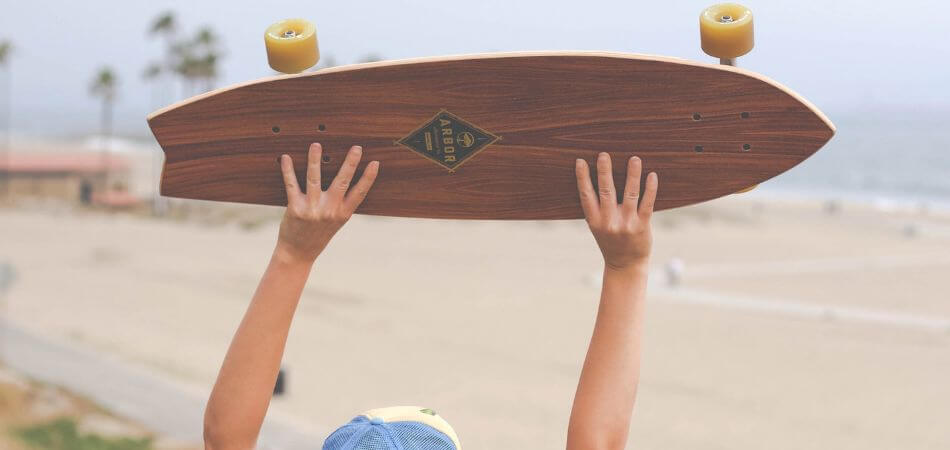
Cruiser Longboards
Cruiser longboards are your go-to choice for smooth, effortless rides around town. These boards are designed with a longer wheelbase and wider deck, offering you superior stability and comfort. You’ll find cruiser longboards perfect for commuting, leisurely rides, and covering longer distances with ease.
Key Features:
- Longer and wider deck for stability
- Softer wheels for a smoother ride
- Flexible deck for improved shock absorption
Downhill Longboards
If you’re an adrenaline junkie seeking high-speed thrills, downhill longboards are your perfect match. These boards are engineered for maximum stability at high speeds, allowing you to tackle steep hills with confidence.
Characteristics:
- Stiff deck for improved control
- Low center of gravity for stability
- Wider trucks for better traction
Freeride Longboards
Freeride longboards offer you the best of both worlds, combining elements of downhill and freestyle riding. These versatile boards allow you to perform slides, carves, and tricks while maintaining stability at moderate speeds.
| Feature | Benefit |
|---|---|
| Medium-flex deck | Balance between stability and maneuverability |
| Symmetrical shape | Ride in both directions with ease |
| Rounded edges | Facilitate smooth slides |
Freestyle Longboards
For those of you who love to push your limits with tricks and technical maneuvers, freestyle longboards are the way to go. These boards are designed to be lightweight and maneuverable, allowing you to perform a wide range of tricks and stunts.
Key Aspects:
- Shorter length for improved maneuverability
- Kicktails for easier tricks
- Durable construction to withstand impacts
Dancing Longboards
Dancing longboards are all about fluidity and grace. These boards allow you to express your creativity through a combination of footwork, pirouettes, and cross-stepping. You’ll find dancing longboards to be longer and more flexible than other types, providing ample space for your fancy footwork.
Now that you’re familiar with the various types of longboards, you can choose the one that best suits your riding style and preferences. Each type offers unique characteristics tailored to specific longboarding disciplines, allowing you to excel in your chosen area.
Electric Skateboards
Hub Motor Boards
Electric skateboards have revolutionized personal transportation, and hub motor boards are at the forefront of this innovation. These boards feature motors integrated directly into the wheels, offering a sleek and compact design. Here’s a breakdown of hub motor boards:
| Feature | Description |
|---|---|
| Design | Motors built into wheel hubs |
| Noise | Quieter operation |
| Maintenance | Less frequent, simpler |
| Efficiency | Slightly lower than belt-drive |
Benefits of hub motor boards:
- Streamlined appearance
- Lower profile for better ground clearance
- Easier to kick-push when battery is depleted
Belt-Drive Boards
Belt-drive electric skateboards offer a different approach to power delivery. These boards use a system similar to a car’s timing belt to transfer power from the motor to the wheels. Here’s what you need to know:
- Higher torque for better acceleration and hill climbing
- More customizable with the ability to change gear ratios
- Typically louder than hub motor boards
- Require more frequent maintenance due to belt wear
Direct Drive Boards
Direct drive systems represent the latest innovation in electric skateboard technology. They combine the best features of hub motors and belt-drive systems:
- Powerful performance similar to belt-drive boards
- Clean aesthetics like hub motor boards
- Improved heat dissipation for longer rides
While direct drive boards are still relatively new, they’re gaining popularity among enthusiasts who want the best of both worlds.
Now that you understand the different types of electric skateboards, let’s explore some specialty boards that cater to specific riding styles and preferences.
Specialty Skateboards
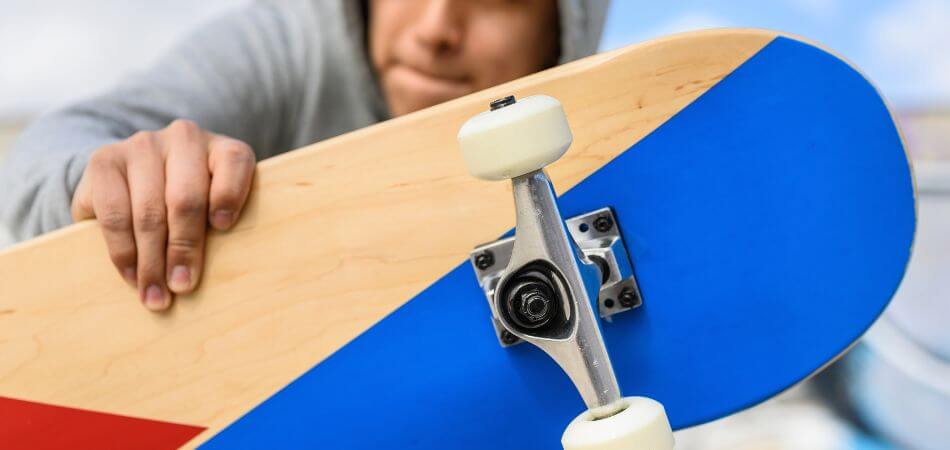
Penny Boards
Penny boards are compact, lightweight skateboards that offer a unique riding experience. These nimble boards are perfect for cruising around town or campus. Here’s what you need to know about penny boards:
- Size: Typically 22-27 inches long
- Material: High-quality plastic deck
- Portability: Easy to carry and store
- Riding style: Smooth and maneuverable
Carve Boards
Carve boards are designed for riders who love to carve and pump on flat surfaces. These boards allow you to generate speed without pushing, making them ideal for surf-style skating. Key features include:
- Wider trucks for stability
- Flexible deck for enhanced pumping
- Larger, softer wheels for grip and smooth riding
Off-Road Skateboards
Off-road skateboards are built to tackle rough terrain and provide an exciting riding experience beyond paved surfaces. These rugged boards offer:
- Large, pneumatic tires for better traction
- Sturdy decks to withstand impacts
- Enhanced suspension systems for a smoother ride
Fingerboards
Fingerboards are miniature skateboards designed for use with your fingers. They’re popular for tricks and as collectibles. Here’s a comparison of fingerboards to full-size skateboards:
| Feature | Fingerboards | Full-size Skateboards |
|---|---|---|
| Size | 3-4 inches | 28-33 inches |
| Use | Fingers | Feet |
| Tricks | Table-top | Street/Park |
| Cost | $5-$200 | $50-$300+ |
Now that you’re familiar with these specialty skateboards, you’ll be better equipped to choose the right board for your specific needs and riding style.
Choosing the Right Skateboard
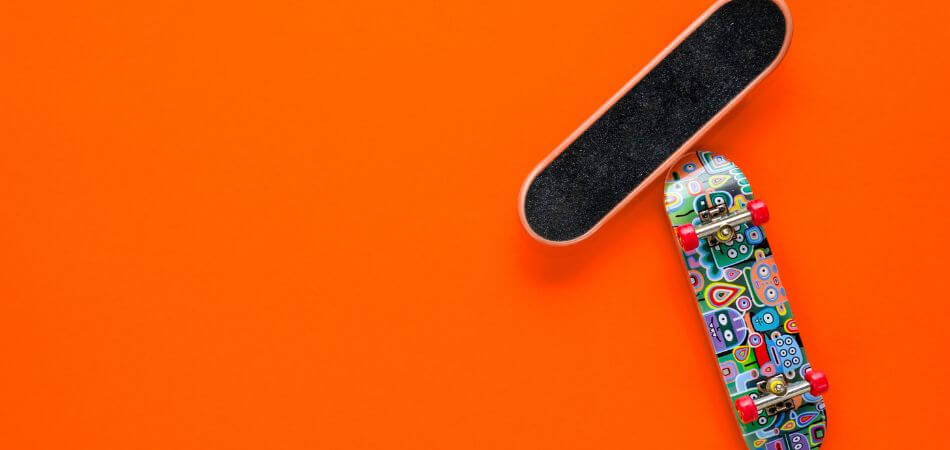
Considering Your Skill Level
When choosing a skateboard, your skill level plays a crucial role. Beginners should opt for wider, more stable boards, while advanced riders can handle narrower, more responsive decks. Here’s a quick guide:
| Skill Level | Recommended Board Type | Key Features |
|---|---|---|
| Beginner | Classic skateboard | Wide deck, soft wheels |
| Intermediate | Versatile skateboard | Medium-width deck, harder wheels |
| Advanced | Specialized skateboard | Narrow deck, hard wheels |
Identifying Your Riding Style
Your riding style determines the type of skateboard you need. Consider these popular styles:
- Street skating: Requires a lighter, more maneuverable board
- Vert skating: Needs a wider board for stability on ramps
- Cruising: Benefits from a longer board with softer wheels
- Freestyle: Demands a versatile board with medium-width deck
Understanding Deck Shapes and Sizes
Deck shapes and sizes greatly influence your skating experience. Here’s what you need to know:
- Concave: Deeper concave offers more control but less stability
- Width: Ranges from 7.5″ to 8.5″ for most skaters
- Length: Typically between 28″ to 32″ for standard skateboards
Selecting Appropriate Trucks and Wheels
Trucks and wheels are crucial components that affect your ride:
- Trucks: Choose based on deck width; looser for tricks, tighter for stability
- Wheels: Harder wheels (99A-101A) for tricks, softer wheels (78A-87A) for smooth rides
Remember, the right combination of these elements will enhance your skating experience and help you progress faster in your chosen style.
Conclusion
Skateboarding offers a diverse range of options to suit your style and preferences. From classic skateboards perfect for tricks and street skating to longboards ideal for cruising and transportation, there’s a board for every rider. Electric skateboards provide a modern twist with motorized assistance, while specialty boards cater to niche styles like downhill racing or freestyle riding.
When choosing your skateboard, consider your skill level, intended use, and personal preferences. Whether you’re a beginner looking to learn the basics or an experienced rider seeking a new challenge, there’s a skateboard out there that’s perfect for you. Take the time to explore different types and find the one that best suits your needs – it’s the first step towards an exciting skateboarding journey.
FAQ’s
How many types of skateboards are there?
There are several types of skateboards, including standard skateboards, longboards, cruisers, and electric skateboards. Each type is designed for different riding styles and terrains!
Which skateboard is the fastest?
Electric skateboards are the fastest, with some reaching over 60 mph! Among non-electric ones, longboards built for downhill racing can hit high speeds.
How many styles of skateboarding are there?
There are many styles of skateboarding, including street, vert, park, freestyle, and downhill. Each style has its own tricks and techniques!
What is a standard skateboard called?
A standard skateboard is often called a popsicle skateboard because of its symmetrical shape. It’s great for tricks, street skating, and skate parks!

